|
MASTITIS |
|
WHAT IS IT? |
|
“Inflammation of the mammary gland”. It leads to high economic losses, and is characterized by: • High somatic cell count (decreased milk quality) • Decreased milk production (less amount) • Abnormal milk to visual observation • General symptoms (fever, depression, etc.). |
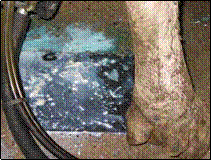
|
Moisture, Dirty pens, Manure, Inappropriate milking routine |
|
Higher exposure to mastitis germs |
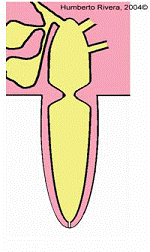
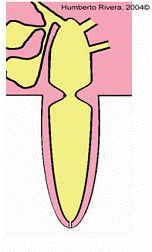
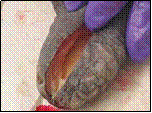
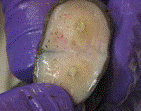
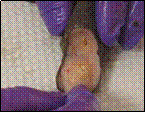
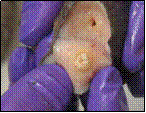
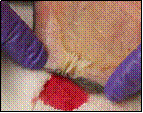
|
WHAT CAUSES MASTITIS? |
|
Ø Many germs live freely in the environment waiting for an opportunity to colonize the teat end and, enter the udder, and establish disease. ØOther germs are highly contagious and live in the udder of sick cows. These are transmitted to healthy cows during milking due to erroneous milking procedures. ØThe best defense is maximizing hygiene to avoid colonization of the teat end |


|
The teat canal is the main defensive barrier |
|
The teat canal is 8-9 mm long, and has numerous folds to prevent germs from entering the udder. |
|
Transversal section of the teat end at about 4 mm from its external orifice. Notice the tightness of the teat canal. |
|
Transversal section at 8 mm from the skin. The canal begins to open to the teat cistern. |
|
Opening of the teat cistern after the teat canal is indicated by the arrow. |
|
Longitudinal section of the teat canal with open folds. |
|
Developed by Humberto Rivera, MS., supported by the program “A Mexican-U.S. Dairyland Partnership Between Queretaro and Wisconsin: Dairy Training Research, and Extension for Economic Development and Trade”. |